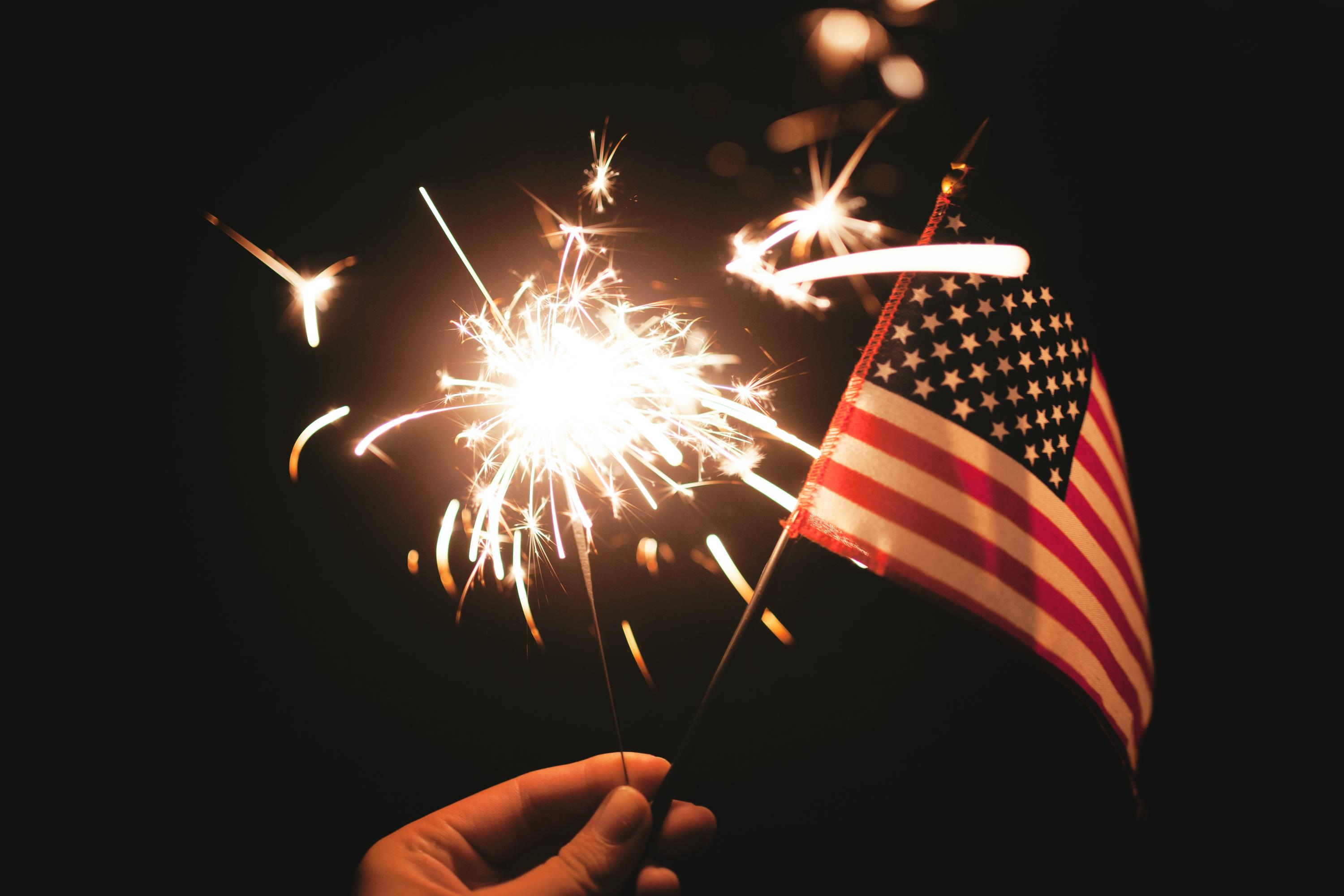
So the 4th of July weekend is coming up, you have a few days off to enjoy. Time to finally get the boat out and hit the water.
Well, not so fast. Time a little time now and save some grief later.
Here's an old excerpt of an article from US Boat that stands the test of time.
While this may look like a lot to do — it might just save you a whole lot of trouble.
Run the engine at home on flush muffs before you venture to the ramp so you're very confident that your motor will start. Troubleshooting a motor that won't start can cause long delays at a ramp. This is especially common during the first warm days of the year.
Safety chains or cables need to be crisscrossed between the trailer and the tow vehicle, not simply attached. When this is done, if the trailer disconnects while you're driving, the tongue falls into the crossed chains instead of dropping to the pavement and causing an accident.
While you're down there, make sure the coupler is secured with a pin and locked onto the hitch ball. Take a second to determine that the receiver is locked into the tow vehicle.
Check the brake-fluid level in the actuator, if present. At the same time, take a look below the actuator for any signs that brake fluid has spilled or leaked. In fact, when you do a walk around of the trailer, look for any indication that brake fluid has leaked from the brake lines. Attach the emergency actuator cable to the vehicle.
Make sure that the trailer is level with the tow vehicle.
Check the inflation on trailer tires when they're cold. Don't forget the spare tire. The recommended psi is on the sidewall of each tire as well as on the trailer's Vehicle Identification Number plate.
Raise the outboard or the I/O and lock it up. If you have a transom saver, attach it.
Inspect the trailer lights by having a helper turn on the tow vehicle's lights and trigger the turn signals and brake lights while you stand behind the trailer and eyeball that everything works.
Check that tie-downs and transom straps are secure. Hook the winch strap to the bow eye; also hook a safety chain from the trailer frame to the bow eye.
If a seal is starting to fail, bearings may throw grease under the fender or along the trailer frame. If you have oil hubs, inspect the level and fill if necessary. Inspect wheel-bearing protectors for dryness at the zerk fitting, which feeds grease. Add grease if it's needed.
Search the boat for items that might blow away during the drive to the ramp. Life jackets, clothing, flotation cushions, and sail bags are the usual suspects that often end up along the roadside. Put them in the tow vehicle or secure them before leaving the driveway.
Make sure to distribute weight evenly inside the boat, both fore and aft as well as side to side.